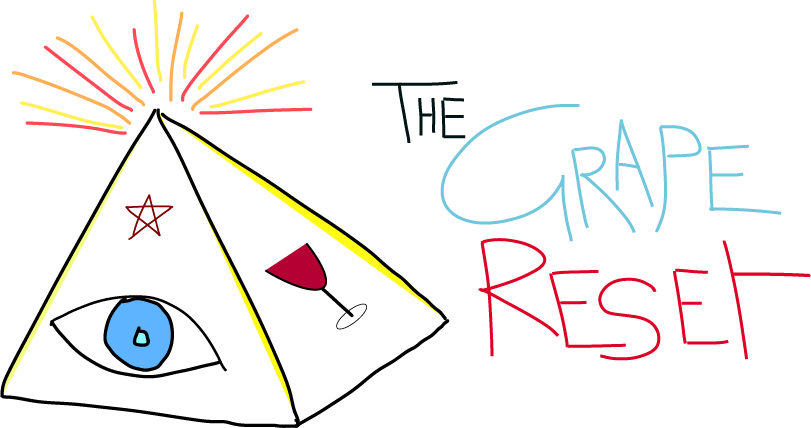Weingut Heinrich
Overview & Philosophy
Weingut Heinrich is a family-owned estate located in Gols, in Burgenland, Austria, overlooking Lake Neusiedl (Neusiedlersee).
Founded in 1990 by Gernot and Heike Heinrich, the winery has evolved from a conventional operation into one of Austria’s leading biodynamic and natural wine producers.
Since 2006, Heinrich has farmed biodynamically, achieving Demeter certification in 2018.
The estate’s philosophy emphasizes authentic expression of terroir, minimal intervention, and respect for the ecosystem.
The wines aim to reflect the interplay between the Pannonian climate, Burgenland’s mineral-rich soils, and the unique energy of living vineyards.
Vineyards & Terroir
Location: Vineyards are spread primarily across the Leithaberg hills (on the western side of Lake Neusiedl) and the Heideboden plains to the east.
Vineyard Area: Approximately 100 hectares, all farmed biodynamically.
Elevation: Vineyards range from 120 to 250 meters above sea level.
Soils:
Leithaberg: Limestone, slate, and mica schist, providing structure and minerality.
Heideboden: Sandy loam, gravel, and humus-rich soils, contributing ripeness and fruit intensity.
Climate: The region has a Pannonian continental climate — warm, dry summers and cold winters, moderated by the influence of Lake Neusiedl.
Farming: Biodynamic methods are used throughout — cover cropping, compost preparations, biodiversity corridors, and no synthetic chemicals.
Harvest: Manual picking, with rigorous selection in the vineyard.
Vine Age: Some parcels are over 60 years old, especially Blaufränkisch and St. Laurent vines in Leithaberg.
Grape Varieties
Heinrich focuses on indigenous Austrian varieties, while maintaining small plantings of international grapes.
Red Varieties: Blaufränkisch (flagship), Zweigelt, St. Laurent, Pinot Noir, and Merlot.
White Varieties: Chardonnay, Weissburgunder (Pinot Blanc), Neuburger, Grüner Veltliner, and Muskat Ottonel.
Biodiversity: Multiple clones and rootstocks are used to preserve genetic diversity and resilience.
Winemaking Philosophy & Practices
Fermentation:
All wines ferment spontaneously with indigenous yeasts.
Whole-cluster fermentation and long maceration are common for red wines.
Whites often see extended skin contact, leading to amber or textural styles.
Aging:
Reds mature in large neutral oak casks or amphorae for 12–24 months, depending on cuvée.
Whites are aged on fine lees for 8–14 months.
No new oak is used for flagship wines — neutrality and transparency are key.
Intervention:
Minimal or no fining or filtration.
Sulfur additions are low (sometimes <20 mg/L) or omitted for natural cuvées.
Wines are bottled according to lunar cycles, respecting biodynamic timing.
Energy Use: The cellar is designed for natural temperature control and minimal energy consumption.
Signature Wines & Styles
Blaufränkisch Leithaberg DAC — Mineral, structured, long-lived red reflecting limestone terroir.
Zweigelt & St. Laurent blends — Juicy, elegant, fruit-driven reds from the Heideboden plains.
Gabarinza — A single-vineyard blend of Zweigelt, Blaufränkisch, and Merlot; rich yet balanced.
Pannobile — Cooperative project cuvée made by select Gols producers; typically Blaufränkisch-dominant with fine tannin.
Naked Red / Naked White — Natural wine range, unfiltered and unsulfured, expressing raw purity and texture.
Graupert — From unpruned vines; both red (Blaufränkisch) and white (Pinot Gris), highlighting biodiversity and resilience.
Freigeist / An/Leithaberg series — Experimental, amphora-aged natural wines that challenge stylistic conventions.
Technical & Operational Details
Farming Certification: Demeter (biodynamic) and RESPEKT Biodyn.
Annual Production: Approximately 400,000 bottles, mostly estate-grown.
Cellar Location: Modern gravity-flow winery in Gols, completed in 2006.
Fermentation Vessels: Combination of concrete, stainless steel, oak casks, and amphora.
Aging Vessels: Large Austrian oak, Stockinger foudres, amphorae, and acacia barrels.
Export: Wines are distributed internationally and widely regarded among Austria’s natural and fine wine benchmarks.
Strengths & Distinctive Qualities
Pioneers of biodynamic viticulture in Austria; among the first to convert large holdings fully.
Strong sense of place — contrasting terroirs (limestone vs. sandy loam) clearly expressed in the wines.
Blaufränkisch mastery — benchmark for Austria’s native red grape.
Innovative natural wine line (“Naked,” “Graupert”) bridging traditional and avant-garde audiences.
Commitment to ecology and regeneration, maintaining soil vitality and biodiversity.
Minimal intervention winemaking delivering texture, energy, and age-worthiness.
Architecturally acclaimed winery that reflects sustainability and harmony with the landscape.
Consistency and precision — combining natural methods with scientific awareness for balanced, transparent wines.

